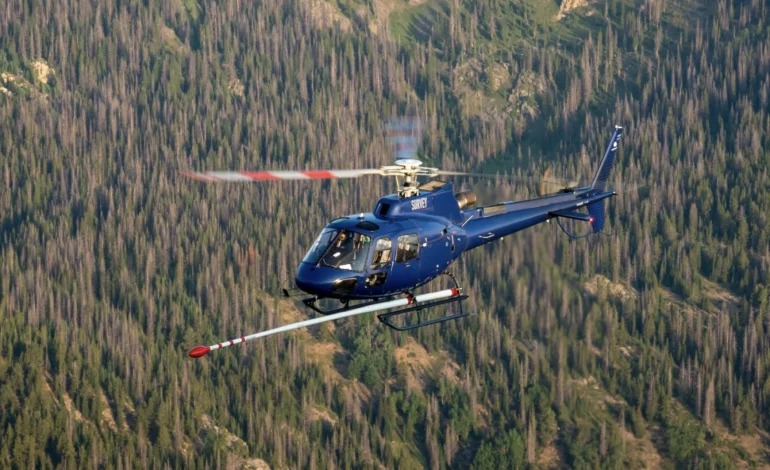Wyoming may be known for coal, cattle, and open skies — but add rare earth minerals to that list, because the state is quickly becoming a hot topic in the global supply chain race.
Geologists in Wyoming just rolled out a brand-new mapping tool to highlight where rare earths — the stuff that powers your smartphone, wind turbines, and electric vehicles — might be hiding. After a round of aerial surveys this spring, they’ve got their eyes on some promising ground.
“The lights make the energy run, the heavies keep it cool so it doesn’t blow up in your hand,” joked Melissa Sanderson, board director of American Rare Earths, explaining why both types of rare earth minerals are key to modern tech.
Her company is eyeing state-owned land between Laramie and Wheatland — the Halleck Creek project — hoping to break ground before 2030.
Right now, the US has exactly one active rare earth mine. That’s in California. The rest? Largely controlled by China, which has been mining rare earths for over 50 years and dominates the global market.
Sanderson says that’s a problem — and a big reason Wyoming’s rare earth potential matters.
“They’ve mined hard, but no deposit lasts forever,” she said. “The US needs to catch up — and Wyoming can help.”
So, why aren’t there more mines in the US? Two words: Permitting and funding.
Sanderson said the Biden administration focused on throwing money at the problem. The Trump administration? They’re all about speeding things up.
Some of Trump’s executive orders would drastically shorten environmental reviews — from a year to just 14 days. Conservation groups are sounding alarms, saying this could mean skipping over crucial environmental safeguards. But Sanderson says the watchdog culture in 2024 makes it harder for bad actors to slip by unnoticed.
“There are a lot of eyeballs,” she said. “And these days, everyone has a cell phone camera.”
Still, she admits that public perception is tricky. Americans have a rocky relationship with mining, and rushing through permits — even legally — could fuel that distrust.
For now, American Rare Earths is operating under state permits, not federal ones, so they’re not affected by the executive order fast-tracking — yet. They’re still core sampling this summer, testing how the project could affect wildlife migration and doing their homework before the heavy equipment rolls in.
Across the state, others are jumping into the mix too. Over in Ranchester, Ramaco Resources just held a groundbreaking ceremony for their own rare earth project — this one a little different. They’re using an old coal mine to extract ore and pull out rare earths, hopefully giving new life to a declining industry.
The event even drew US Energy Secretary Chris Wright and Wyoming’s congressional delegation, a signal of just how high the stakes are.
Despite the buzz, Sanderson is realistic. Wyoming can’t — and won’t — supply all of America’s needs.
“No country has everything,” she said. “There’s no such thing as a 100% made-in-the-US supply chain. It’s not going to happen.”
Still, she says, this is about more than economics. It’s about national defense, tech security, and America’s future identity.
But there’s a fine line between speeding up development and stepping on environmental values — like not mining in national parks, something some fear could become a reality under fast-track permitting.
The original story by Caitlin Tan for Wyoming Public Media.










The latest news in your social feeds
Subscribe to our social media platforms to stay tuned